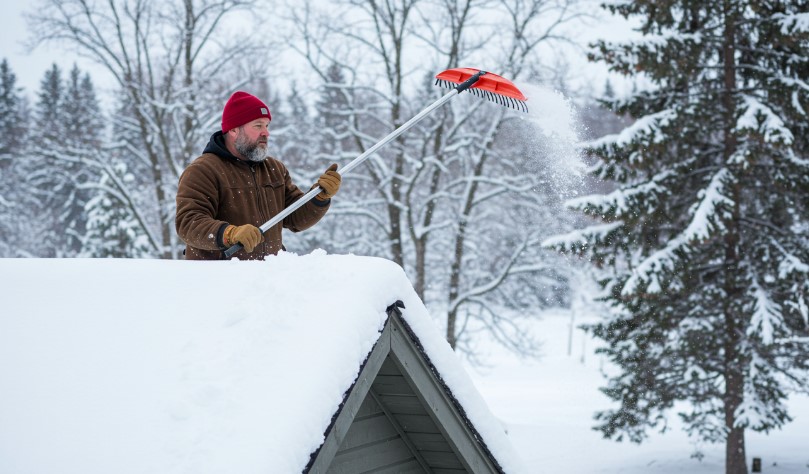No matter how solid your property looks on the outside, weather has a way of finding its way in, whether through a loose roof shingle, a cracked foundation, or heat that turns your attic into a furnace.
If you own a home or manage a building, you’re already familiar with how the seasons keep you on your toes.
But when you zoom out, it’s clear that weather isn’t just background noise—it’s one of the biggest drivers of maintenance costs, structural wear, and long-term property value.
And with extreme weather events becoming more frequent, maintenance isn’t just about fixing what’s broken anymore. It’s about anticipating what could go wrong next month, next season, next year.
Let’s get into how weather affects the nuts and bolts of your property, and what you can do to stay ahead of it.
Wind
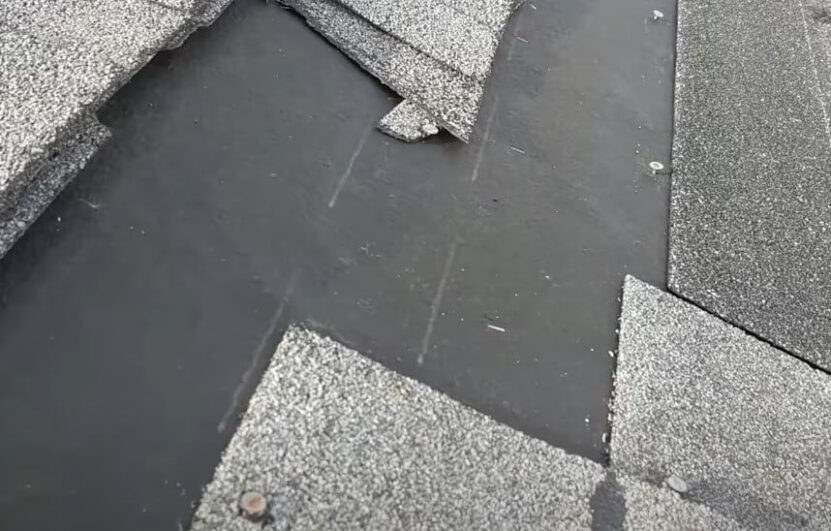
Strong winds don’t always make the headlines, but they quietly chip away at your property’s shell.
Whether it’s a summer thunderstorm or the tail-end of a hurricane, wind has the power to lift shingles, loosen siding, and drive water into places it doesn’t belong.
What to Watch For
- Shingles curling or missing after a storm
- Rattling siding or loose trim
- Water stains on attic ceilings
What Helps
- Regular roof inspections, especially after windy days
- Hurricane clips or metal connectors in storm-prone areas
- Stronger siding materials like fiber cement that resist uplift and racking
Real-world note: In coastal areas, wind-resistance standards are often built into local codes—but if you’re in a high-risk zone, it’s smart to go above code where possible.
Rain
View this post on Instagram
Rain doesn’t have to be torrential to cause damage. If your roof or foundation has weak spots, even light, steady rainfall can seep in, leading to mold, wood rot, and, over time, structural issues.
What to Look Out For
- Leaks around chimneys, skylights, or roof vents
- Pooled water near the base of your home
- Stains along interior walls or ceilings
Prevent it With
- Annual sealing around roof penetrations with flashing or roof cement
- Proper grading and drainage to move water away from foundations
- Gutters cleared every fall, and after major storms
Maintenance tip: If your gutters tend to overflow or collect debris after storms, it’s worth calling in the Gutter Cleaning Specialists before the next rainfall.
Snow
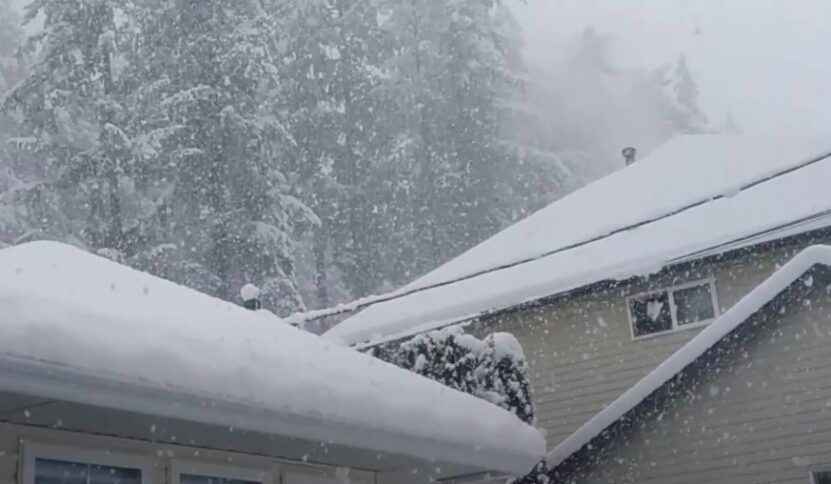
Snow can be a bit of a paradox. It insulates your home and helps cut heating bills, but too much of it? That’s a weight problem—literally.
The Numbers
- Light snow: ~10-15 lbs per cubic foot
- Wet snow: ~40-50 lbs per cubic foot
- Snow loads in snowy regions: up to 400 lbs per square foot
Watch For
- Creaking sounds or sagging rooflines
- Ice dams forming along gutters
- Water stains indoors once snow melts
Maintenance Moves
- Invest in a snow rake to gently clear lower roof edges
- Check attic ventilation to prevent warm air from creating ice dams
- Reinforce roof trusses in older homes if snow accumulation becomes more intense in your area
Heat and Sun
In warm climates, the sun doesn’t just make your porch feel like a skillet—it also dries out roofing, fades siding, and causes wood to expand and contract until it cracks.
Typical Signs
- Peeling paint, especially on the south or west sides of buildings
- Curling roof shingles
- Cracks in caulking and sealants
Smart Strategies
- Lighter-colored roofing and siding to reflect heat
- Ridge vents and attic fans to push hot air out
- UV-resistant materials on surfaces with high sun exposure
Desert dwellers take note: Intense sun mixed with sudden cooling at night (hello, thermal shock) can split concrete, tile, and brick. Flexible, expansion-tolerant materials help here.
Drought
You don’t need visible cracks in the earth to feel the impact of drought. Dry soil—especially clay—shrinks, stressing foundations and creating slow, uneven settling beneath your home.
Look For
- Diagonal cracks around doors and windows
- Gaps between soil and foundation walls
- Uneven flooring or jammed doors
What Helps
- Consistent watering near the foundation (but not too close)
- Deep-root plants and native landscaping that stabilize the soil
- Annual well water testing if you’re on a private supply
Cold Snaps and Deep Freezes
Cold weather doesn’t just cause frostbite—it bites into your property too. Frozen pipes, frost heave, and HVAC stress all come with the territory once temperatures dip below zero.
Key Risks
- Burst pipes in poorly insulated walls
- Cracked masonry from freeze-thaw cycles
- Broken HVAC units due to overuse
What Works
- Pipe insulation, especially in basements and exterior walls
- Smart thermostats to prevent severe temperature drops
- Pre-winter HVAC checks (and quick repair turnarounds during outages)
Worth noting: Property managers often see a spike in HVAC work orders after cold fronts. One Tennessee company reported daily requests jumping from 4 to 20 after a tornado and cold snap hit back-to-back.
Floods
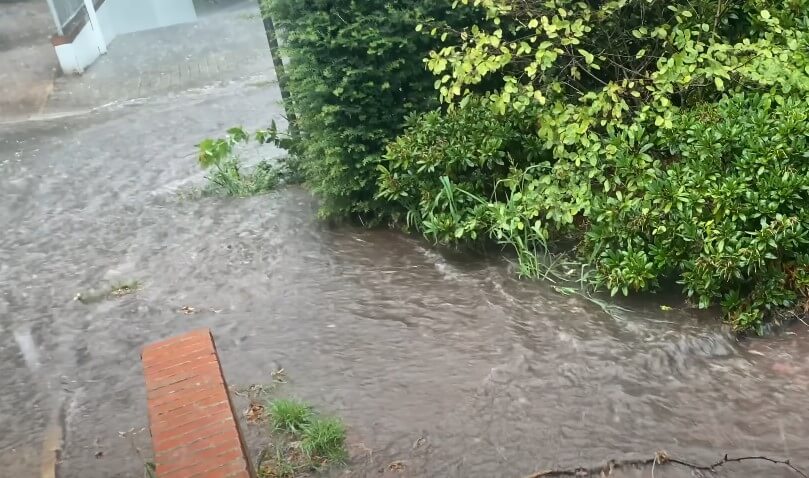
Floods don’t wait for an invitation—and they don’t discriminate. All it takes is one heavy storm, poor drainage, or backed-up sewer line.
Cost reality: The average flood repair? Around £4,700 per property in the UK, according to Climate Just. In the U.S., the numbers are often even higher.
What to Do
- Install door guards and backflow valves
- Raise appliances and outlets off basement floors
- Use flood-resistant materials—solid floors, metal skirting, and washable wall coverings
A hard truth: In flood-prone areas, your insurance premiums are probably climbing. In 2023 alone, the average U.S. property insurance premium rose by 11.3%, with some states (like Texas and Arizona) seeing hikes over 20%.
Warmer Summers
Hotter summers don’t just raise utility bills. They lead to overheating in older buildings, faster pest reproduction cycles, and long-term stress on historic materials.
Keep an Eye Out For
- Pest infestations (think termites, ants, roaches)
- Heat warping in wooden floors or window frames
- Faded or crumbling stonework on older buildings
Good Solutions
- Night ventilation strategies (open windows at night, close during the day)
- Shading systems like awnings, pergolas, or tinted window films
- Community pest control efforts in multifamily buildings
Special case: In 1960s-era high-rise flats, interior temperatures during heatwaves can spike to six times the outdoor level. Passive cooling upgrades aren’t just nice—they’re critical.
Seasonal Maintenance Breakdown
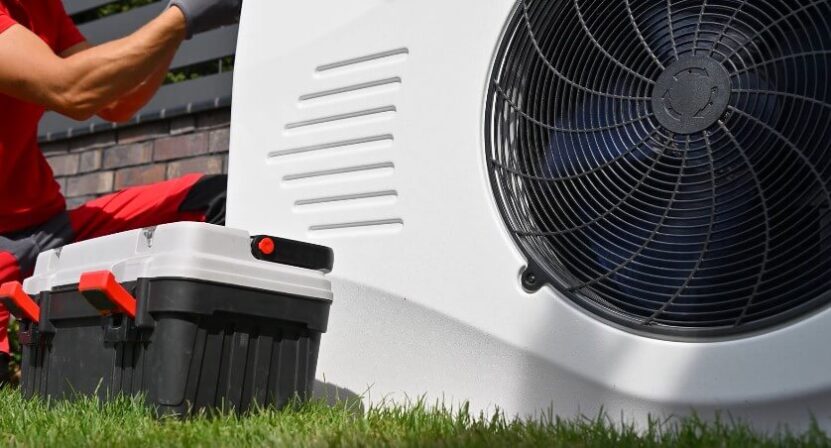
Here’s a quick cheat sheet for what your property likely needs, season by season:
| Season | Must-Do Maintenance |
| Winter | Insulate pipes, clear snow from roofs, test HVAC |
| Spring | Inspect roofs, test drainage, look for frost damage |
| Summer | Ventilation upgrades, monitor soil shifts, pest checks |
| Fall | Gutter cleaning, winterize plumbing, inspect insulation |
Climate Change = Bigger Bills
Here’s where it all starts to come together. Climate change is cranking up the volume on every problem listed above. Higher temperatures. More storms. Longer droughts. Less predictable seasons.
According to the U.S. EPA, average temperatures have been rising steadily since 1901—with the steepest climb since the late 1970s. That’s not just a weather stat—it’s a maintenance game-changer.
Impacts You’ll Feel
-
- Higher repair costs from extreme events
- Insurance rates climbing with each wildfire, flood, or hurricane season
- Potential dips in property value for homes in high-risk zones
CBS News estimates: $22 trillion worth of U.S. real estate is vulnerable to climate-driven damage. That’s not a typo—and it’s already showing in market valuations.
What You Can Do (That Actually Works)
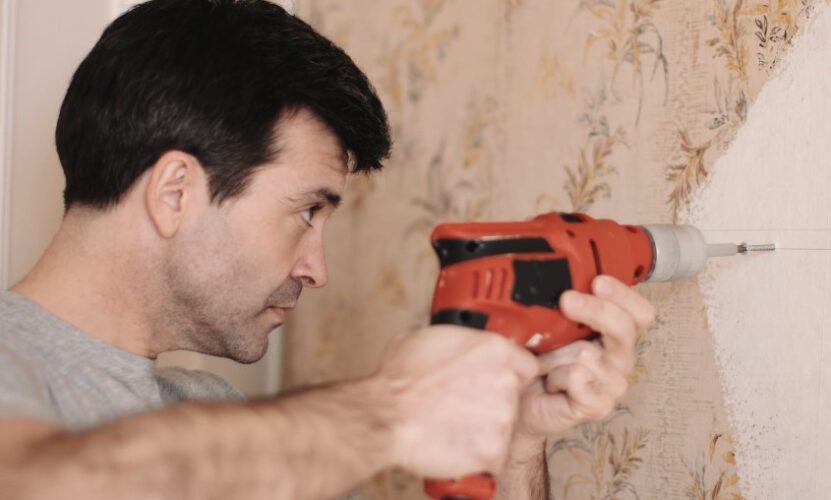
You can’t control the weather, but you can outsmart it. Here’s how:
- Regular inspections: Stay ahead by checking for issues seasonally. Use checklists or hire professionals to spot damage early.
- Upgrade materials: Fiber cement siding, impact-resistant roofing, and proper insulation go a long way. Spend smart—upfront investment pays off later.
- Tech tools: Property management platforms like PropertyMeld can streamline repairs, assign urgent work fast (like broken HVACs during a freeze), and track long-term patterns.
- Emergency plans: Build a vendor network you trust. Have a workflow in place for surges in maintenance. After major storms, delays cost money—and resident satisfaction.
- Resilience retrofits: Think long-term. Raise flood-prone homes. Improve drainage. Add cooling features in heat-prone zones. These aren’t luxuries anymore—they’re necessities.
Final Words
Weather has always tested properties—but in 2025, it’s a whole new ballgame. What used to be seasonal annoyances are now full-on maintenance threats, driven by rising temperatures, stronger storms, and longer droughts. But you’re not powerless.
With the right tools, materials, and mindset, you can weatherproof your property—not just for the next season, but for the long haul. It’s about being prepared, not paranoid.
Keep your eye on the weather—and both feet firmly planted in maintenance reality. Your property (and your wallet) will thank you for it.

